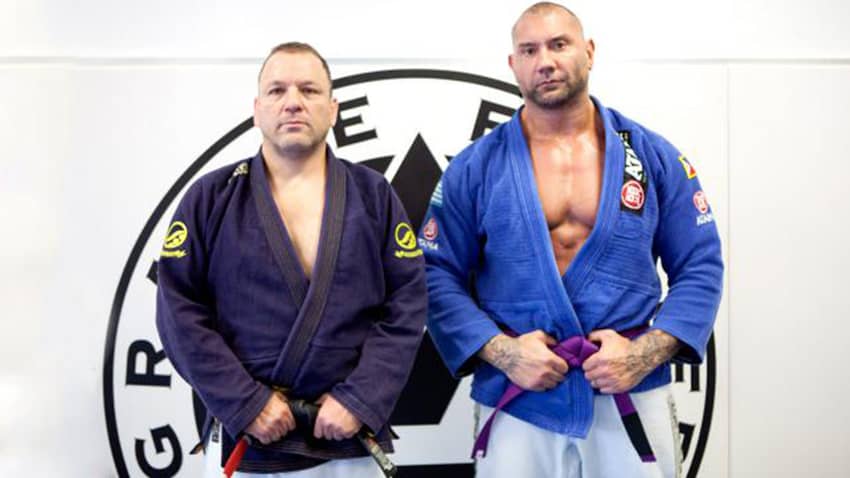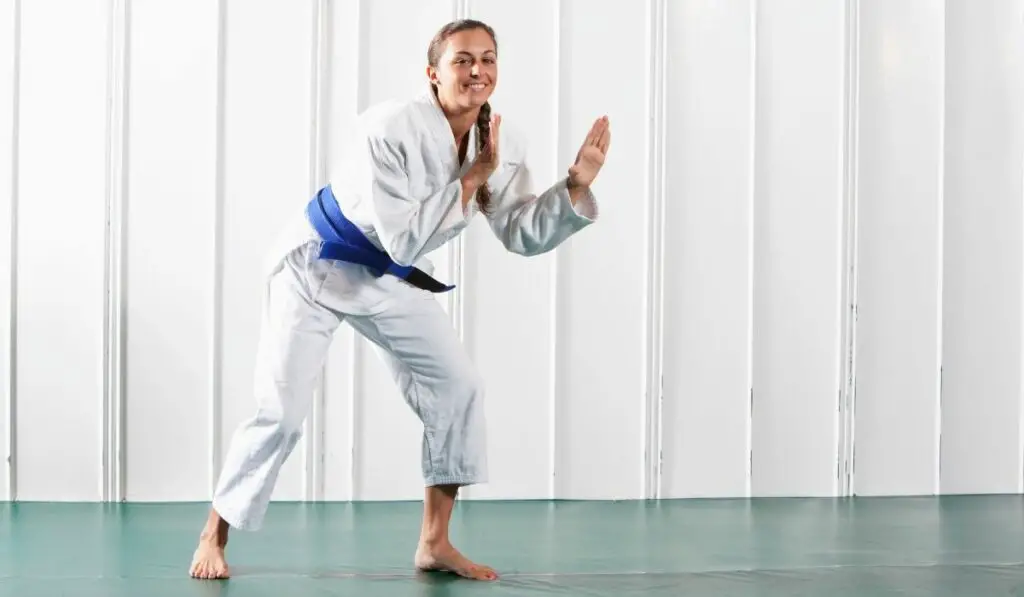The journey to a Brazilian Jiu-Jitsu (BJJ) blue belt is a unique and rewarding experience that requires dedication, persistence, and a thirst for knowledge. Earning this esteemed symbol of accomplishment signifies a solid understanding of fundamental techniques, strategic thinking on the mat, and a substantial level of skill and proficiency. The time it takes to achieve this milestone varies greatly depending on individual factors such as training frequency, intensity, natural aptitude, and external commitments.

Image: howtodirz.blogspot.com
Factors Influencing Progression
Training Frequency and Intensity: The more consistently you train and the higher the intensity of your sessions, the faster you’ll progress. Regular classes and dedicated solo drilling outside of class will significantly accelerate your learning curve.
Natural Aptitude: Some individuals have an innate ability to grasp BJJ concepts and develop physical proficiency more quickly than others. This natural aptitude can influence the pace of progress.
External Commitments: Work, family, and other responsibilities can impact training time. Balancing BJJ with other commitments requires effective time management and prioritization.
Training Environment: The quality of your instructor and training partners can greatly affect your progress. A skilled instructor and a supportive training environment foster a conducive learning atmosphere.
General Timeline
On average, individuals who train consistently and with dedication can expect to achieve their BJJ blue belt within two to five years. This timeline includes the time spent as a white belt, which is typically the longest phase of the BJJ journey.
White Belt (6 months to 2 years): During this foundational stage, students learn basic positions, submissions, and escapes. They develop a solid grappling base and begin to understand the principles of BJJ.
Blue Belt (2 to 5 years): Once promoted to blue belt, students demonstrate a higher level of technical proficiency and strategic understanding. They have a solid grasp of fundamental positions and submissions, and they can effectively apply them during live rolling.
Tips for Accelerating Progress
Set Realistic Goals: Break down your long-term goal of achieving a blue belt into smaller, achievable milestones. This will help you stay motivated and track your progress.
Find a Good Instructor: Choose an instructor who is knowledgeable, experienced, and supportive. A skilled instructor can guide your development and provide valuable feedback.
Train Regularly: Consistency is key. Attend classes as often as possible and supplement your training with home drilling sessions.
Participate in Tournaments: Competition provides a unique opportunity to test your skills against other practitioners and accelerate your learning process.
Stay Patient and Dedicated: Earning a BJJ blue belt is a journey that requires patience and dedication. Don’t get discouraged by setbacks, embrace them as opportunities to learn and grow.

Image: jiujitsu-news.com
How Long To Get Bjj Blue Belt
Conclusion
The journey to a BJJ blue belt is a transformative experience that combines physical, mental, and emotional growth. The time it takes to achieve this milestone varies depending on individual factors, but with consistent training, dedication, and the right mindset, it is an achievable goal. Earning your blue belt is not merely about acquiring a colored fabric; it’s about embodying the values of BJJ and becoming part of a global community of practitioners.






